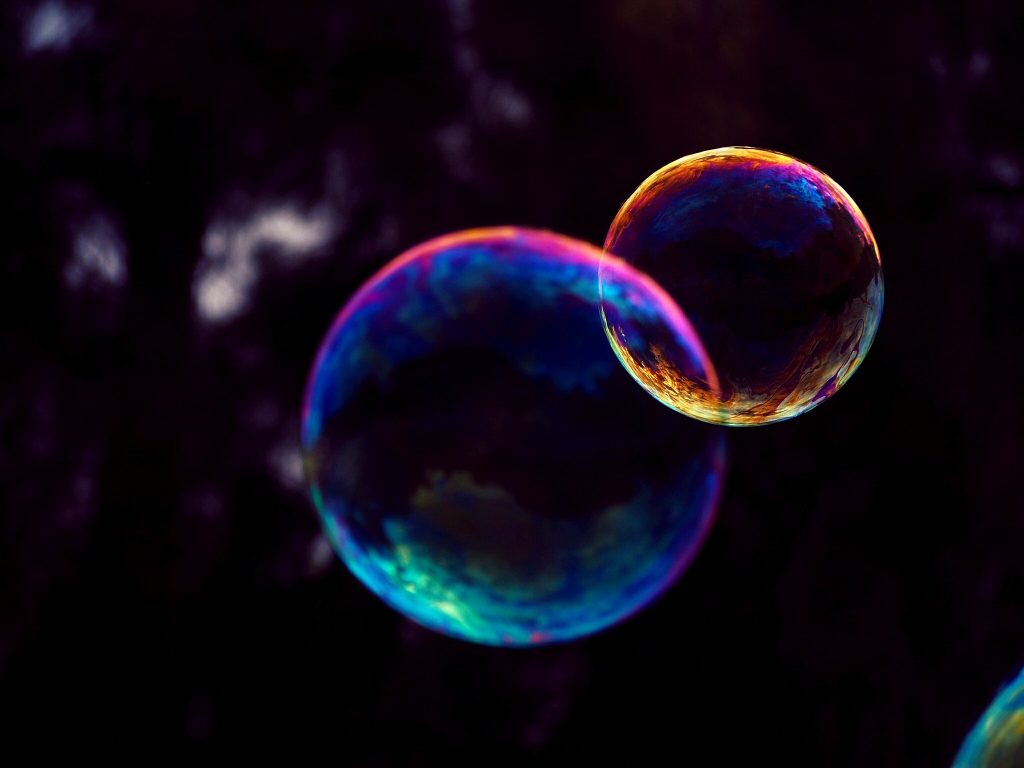When was the mop invented? We’ve got the answer, as well as other interesting facts about cleaning.
It’s easy to take cleaning for granted. After all, today we have the tools and supplies necessary to give an office, school, or hospital a thorough cleanse. However, most of us don’t think about questions like: When was the mop invented? When did the first vacuum cleaner debut? What was the first cleaning product ever made? But the answers to these questions are more interesting than you might think.
Not only that, but there are other cleaning facts most of us don’t know, like how many germs are on a computer keyboard, or how clean are bathroom sink handles? These facts aren’t only entertaining, but they’re important to know because they aren’t all what you might expect. (Even we were surprised by some answers!)
These fun facts about cleaning will both intrigue and surprise you. And if you’re trying to win a commercial cleaning contract, sharing a few of these could just turn the tables in your favor.

When was the mop invented? You’re about to find out.
Fact #1: Office desks are dirty
When people sit down at their desks every day, most of them won’t notice if those desks were cleaned the night before. Often they don’t even think about the germs that may accumulate on their work surfaces. However, that could be a big mistake.
As it turns out, office desks can have up to 400 times more germs than a toilet seat. So if your potential clients use the disposable toilet seat covers in the bathroom, they may want to consider covering their desk, too. (Or hiring you!)
Fact #2: Water cooler buttons can make you sick
How many people wash their hands before they use the water cooler? Probably not many. For that reason, water coolers can be a significant source of illness-causing germs. In fact, 25% of water cooler buttons are considered a serious risk for transmitting illnesses. That’s not much of a surprise if you think about the fact that most businesses probably don’t wipe down water cooler buttons except for when the janitor comes through.
You know what isn’t a major source of germs? Janitorial Manager’s work management software. Schedule a free demo to see all of its other amazing features!
Fact #3: Soap is an ancient supply
So, when was the mop invented? Almost there!, But first, you may also be curious about the world’s oldest cleaning supply. It’s impossible to say exactly which cleaning supply is truly the oldest, but there is some evidence of a soap-like substance dating back to 2800 BCE. The Babylonians invented it, and it was made using boiled fat, ash, and water. That may not sound very clean, but some of today’s bar soaps are still made from animal fat, while liquid soaps are made from palm and olive oil.
Whichever they choose, remind your clients to wash their hands with soap a few times a day to help cut down on spreading germs!
Fact #4: Linoleum was invented to keep floors clean
Before vacuums, there were mops. But there was another cleaning aid that came along first. No, it’s not quite a tool, but linoleum—those shiny, lightweight tiles found in so many kitchens, schools, and hospitals—was made specifically to make floors easier to clean since there were few tools to help out. Linoleum dates back to 1860, though it took a few years to catch on because the original linoleum had a very short shelf life and people didn’t seem to find it worth the trouble.
Fact #5: Disinfectants take time to work
How often do you let disinfectant sit on the surface you’re cleaning before you wipe it away? A few seconds, maybe? 15 seconds, even? Still not enough. The reality is that most disinfectant cleaners were designed to stay on a surface for 30-60 seconds before wiping it off. That seems like a long time when you’ve got a business full of surfaces to clean! The good news is that wiping disinfectant off immediately isn’t entirely unproductive, but it doesn’t get the whole job of disinfecting done, which can leave illness-carrying germs behind even after a deep clean.
Fact #6: The mop is a relatively recent invention.
So, when was the mop invented? Though the first mop-like tool came about in the late 1400s, it wasn’t until 1893 that the mop as we know it was patented by Thomas W. Steward, an African-American inventor. His mop was made out of yarn, which is true of many of today’s mops as well, though nowadays you can find mops made from sponge, cloth, and other materials.
Now if all of that trivia doesn’t make your potential customer think about cleaning, we don’t know what will!
Still curious about tools that will help with your commercial cleaning? Sign up for a free demo of Janitorial Manager and see for yourself how the latest technology can help your cleaning business.
